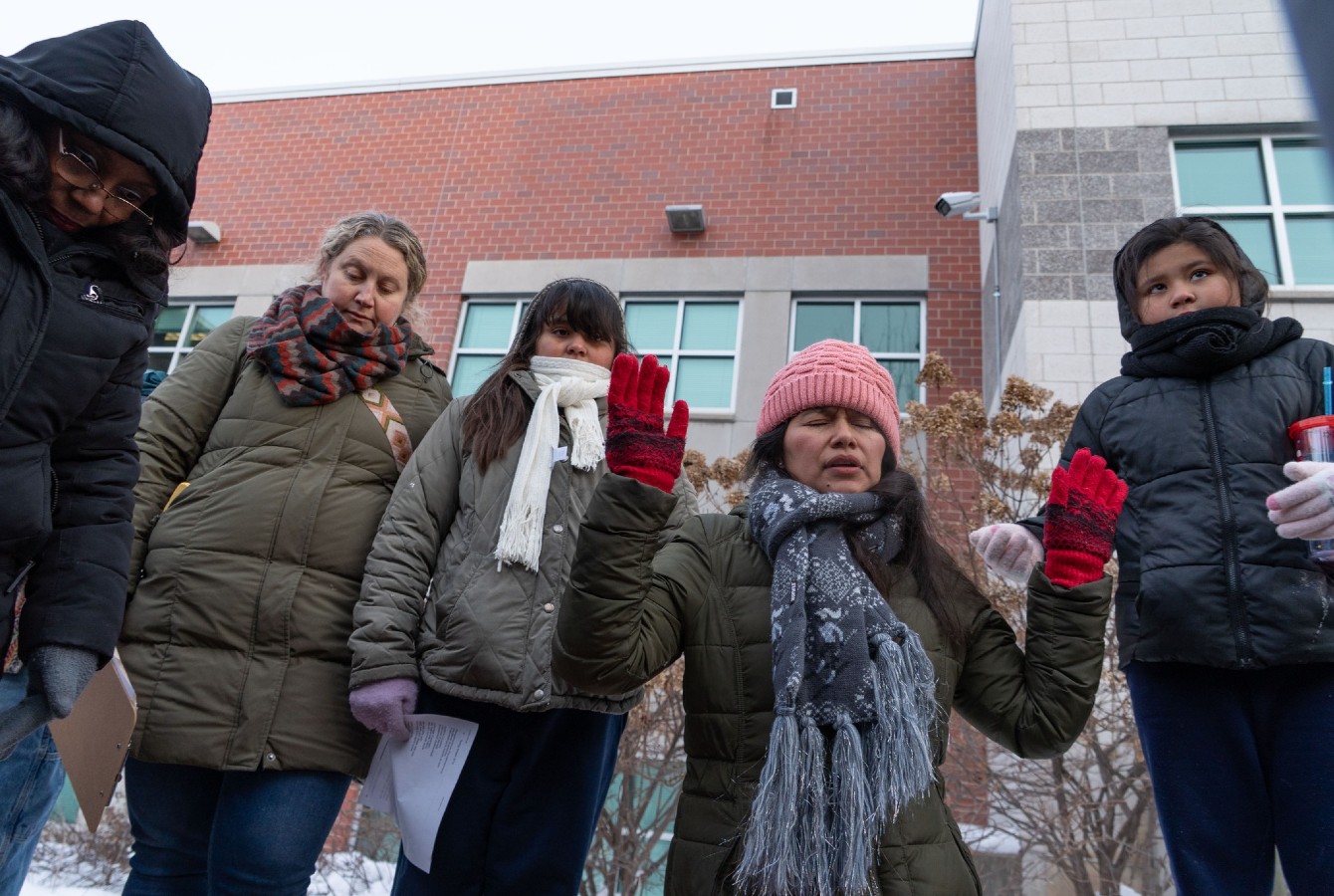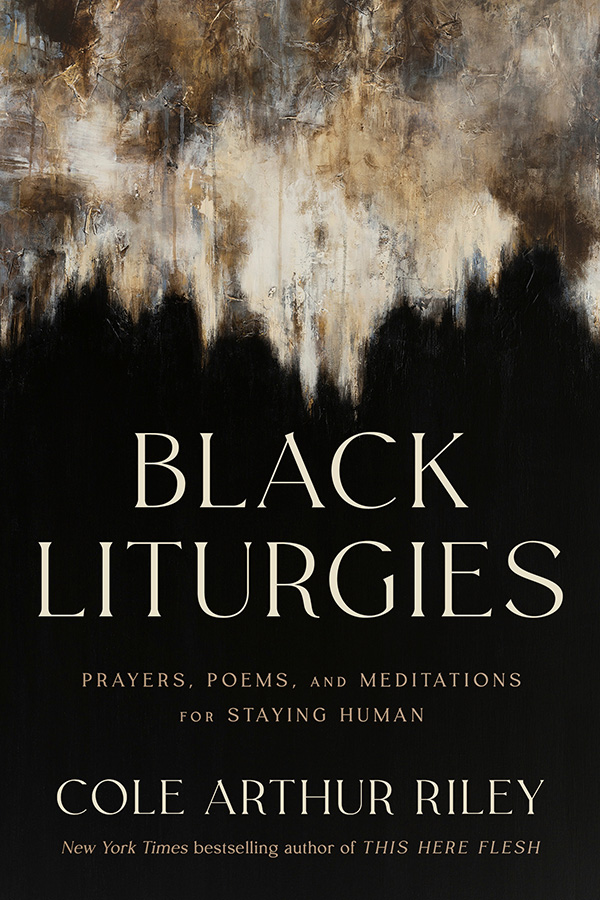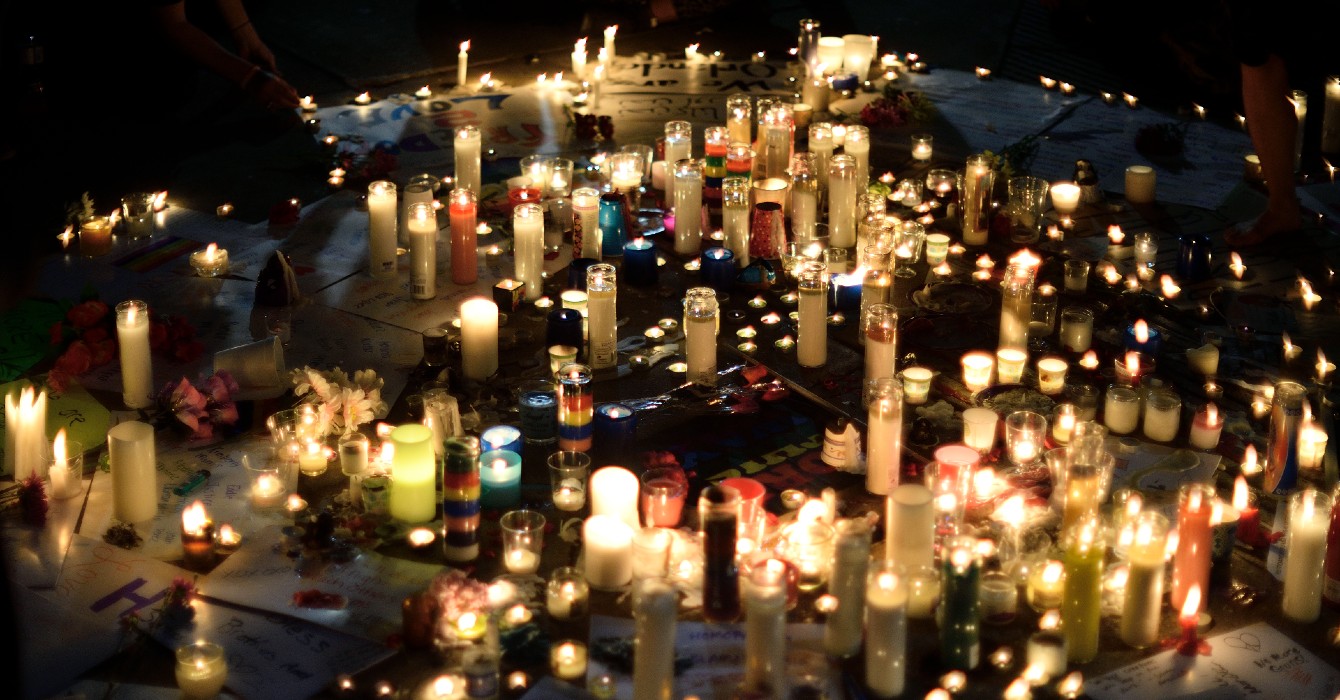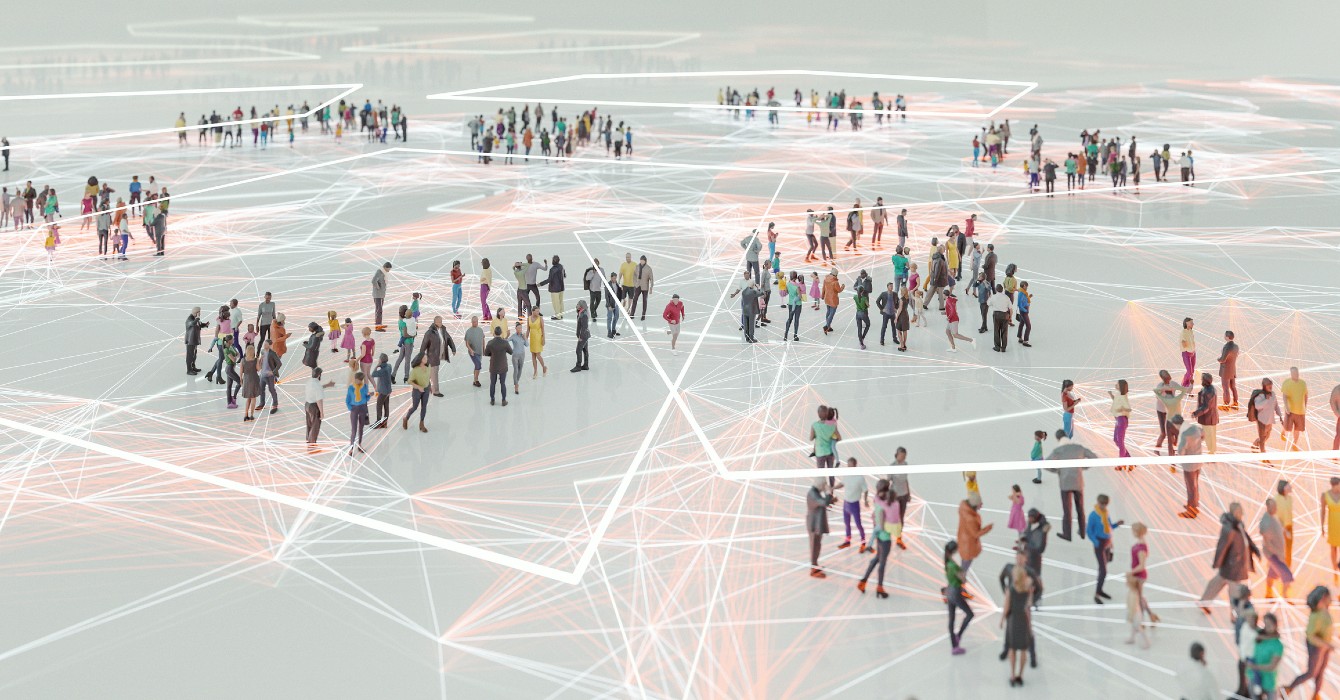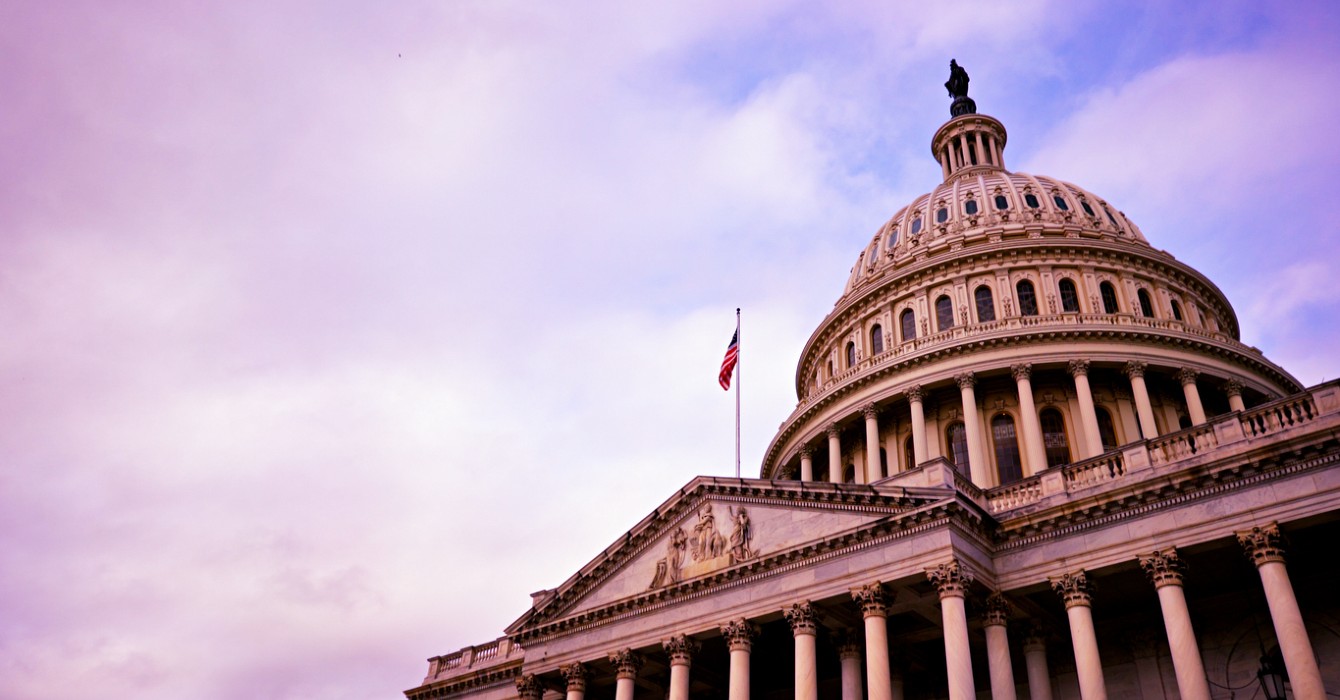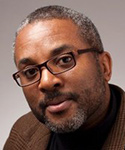In a world consumed by political polarization, economic crises and rising violence, there is a growing hunger for spiritual practices that do not retreat from reality but help us face it with courage, clarity and collective action. In this moment, the resurgence of ritual, prayer and cultural arts within social movements offers more than comfort and belonging; it provides strategy, sustenance and a shared moral vision for a better world.
Poor and working-class people, multifaith and nonreligious, are rising up and seeking meaningful ways to come together. Across the country, grassroots communities are reclaiming prayer as protest, ritual as resistance, and liturgy as the work of the people.
Prayer as political action
The parable of the persistent widow in Luke’s Gospel offers a theological anchor for this vision. The widow doesn’t passively pray for justice; she demands it relentlessly, embodying the kind of unyielding moral courage that movements require.
Her prayer is not a whispered plea but a form of organized resistance. She prays with her body. Her actions become ritual, offered over and over again until the unjust judge relents. This story reminds us that God’s justice is not granted by benevolent leaders; it is built by the actions and aspirations of everyday people.
This spirit of persistent, courageous prayer is alive today in communities and campuses, in the streets and sanctuaries, in weekly services and spontaneous vigils. Three powerful recent examples reveal the spiritual and strategic role of ritual and cultural arts in the current moment.
Singing courage into the streets
In Milwaukee, teacher and mother Yessenia Ruano was accompanied in February to her ICE check-in by a chorus of community members singing “Courage,” a song from the South African anti-apartheid movement. Its lyrics proclaim:
“Courage, my friend, you do not walk alone / We will walk with you and sing your spirit home.”
In Spanish “Con valentía, amiga/o/e mía / Tu no peregrinas sola/o/e / peregrinaremos cantando y llevaremos tu espiritu a casa.”
Ruano sang the song herself as she entered court. She emerged with a stay of deportation and was welcomed back to her school by children and colleagues, singing her home. In this moment, song became both shield and celebration, a ritual of protection and revival.
Movement leader Sarah Weintraub said, “There’s such painful stuff happening and going to happen more, and we need to be able to sing like this together.”
Ruano ultimately self-deported in June in order to keep her family intact rather than being separated from her young daughters.
This simple yet profound ritual of communal singing affirms that even when the state seeks to isolate, detain and disappear people, the community will not let go.
This same song echoed throughout a May Day event in Wisconsin, as immigrant workers, laborers and poor people marched together. Their struggles converged through music and movement. Ritual here does not merely accompany organizing — ritual drives it, transforming marches into sacred processions that affirm the dignity and belonging of all God’s creation.
Rituals of resistance on campus
Since fall 2023, students across U.S. campuses have erected Gaza Solidarity Encampments, refusing to remain silent amid the ongoing genocide of Palestinians. But these weren’t solely sites of protest — they became sacred ground for building a community of spiritual power and justice. In multifaith settings, Jewish, Christian, Muslim and non-religious students built deep bonds of solidarity as they reclaimed ritual and prayer as tools of organizing and solidarity.
At Columbia University, students and community members held a Gaza Liberation Seder connecting the Exodus story with the urgent call to end the siege on Gaza. Muslim students gathered for Friday Jummah prayers, surrounded and protected by classmates of other faiths. Union Theological Seminary students organized a Sunday worship and communion service for Columbia leaders holding down the encampment.
On Instagram, Union student Steff Reed said in April 2024: “My heart is full, Church was had, Souls were fed… This is a historic moment and I am honored and proud to be contributing, supporting, and showing up in all the ways that I can… The world is watching. The ancestors are watching. Keep inspiring righteous radical resistance.”
The rituals, prayers and songs shared weren’t symbolic gestures. They were expressions of moral clarity, grief and solidarity, making it clear that to pray for freedom is to act for it. These gatherings became liturgies of liberation.
A home for the Spirit: The Freedom Church of the Poor
Amid the growing need for spaces that nourish both soul and strategy, the Freedom Church of the Poor (FCOP) has become a weekly gathering for those building a movement to end poverty. Created in the early days of the pandemic, FCOP unites leaders from many traditions — Christian, Jewish, Muslim, Hindu, agnostic, spiritual-but-not-religious — in a shared moral struggle. It is not a traditional congregation but a political and spiritual home for those organizing at the bottom of society.
Each week, FCOP hosts online services featuring testimonies, prayers and songs from organizers who are living the struggle and drawing wisdom from it. One such service, Liberation Sunday, brought together multifaith movement leaders during Easter, while also lifting up Ramadan, Passover, Holi and more. Together, participants reflected on how their faiths are rooted in freedom traditions, shaped by the struggles of the poor and enriched by the work of solidarity.
The seven last words of Jesus were reimagined as a collective call to rise boldly in love and resistance rather than turn away from this world’s suffering. As one shared prayer put it:
Leader: In life and in death, in resistance and in rest,
People: Let us trust in the arc that bends toward justice.
Leader: In these uncertain times, help us move toward the path of liberation.
People: For we are not alone — we move in the company of the risen and the rising.
Prayer here is not only for comfort but for courage. It is not retreat but rebirth: a collective act of imagination binding people across differences and pointing us toward a vision of the world as it could be.
Rituals to reclaim the future
In our upcoming book, “We Pray Freedom,” we write, “Rituals and prayers are not confined to institutional walls or religious doctrine.” Rather, they are forged in struggle, shaped by those who dare to imagine a world beyond poverty, racism, militarism and ecological devastation. They help us mourn what has been lost, mark what is being built and affirm the sacredness of every life. They teach us to see the poor not as the problem but as the prophetic leaders we’ve been waiting for.
In contrast to the rituals of empire — military oaths, nationalist pledges and parades, corporate galas — we need rituals of resistance and revival. Seders that remember Gaza. Songs outside ICE field offices. Vigils for fair wages. Services that proclaim liberation as holy.
These practices are not accessories to organizing — they are central to it. They remind us of who we are and why we fight. And perhaps most importantly, they sustain us for the long road ahead. In this uncertain moment, we pray freedom not only with our words but with our bodies and our collective imaginations. And we do so in community, because no one walks alone.



